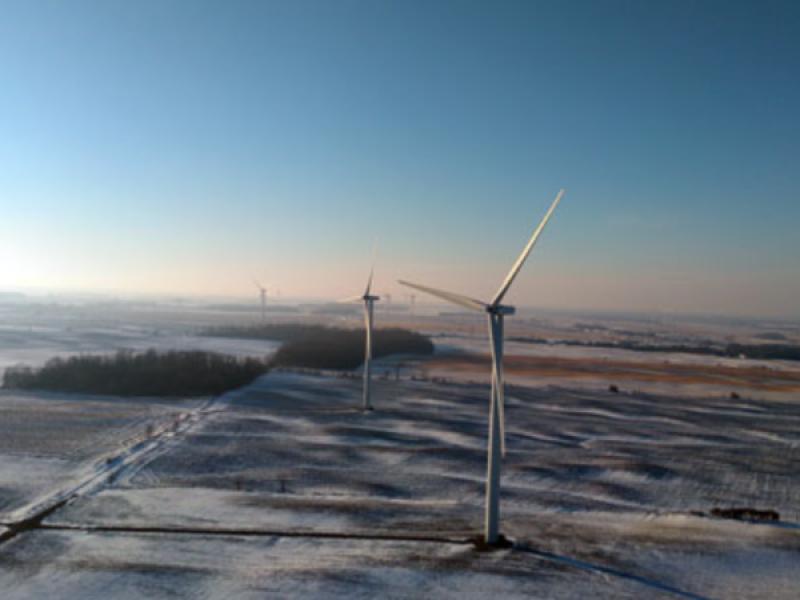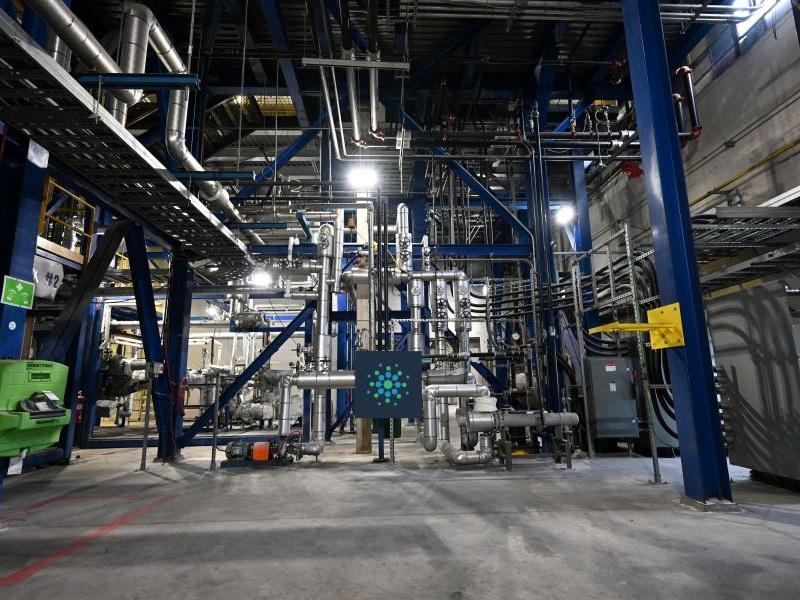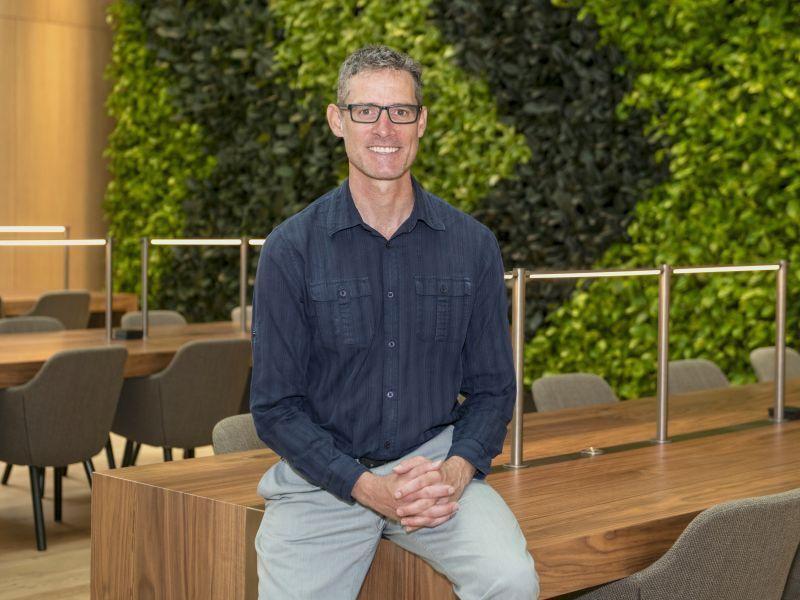
Wood chip boiler. Photo courtesy Town of Banff
The Town of Banff is taking a step to becoming a more sustainable community by converting mixed wood waste feedstock into clean heating fuel.
Inspired by other communities in Western Canada employing similar efforts, including Camrose County, the project was first conceived in 2014 to benefit residents by reducing the town’s heating and waste disposal expenses and helping achieve the community’s greenhouse gas (GHG) emissions targets.
“The biomass unit will heat or cool, depending on the season, four buildings in the town’s operations compound in the industrial district,” Michael Hay, manager of environment and sustainability for the Town of Banff, explained in an email to Sustainable Biz Canada.
Those four buildings include the new Roam Transit operations and training centre, waste transfer station, maintenance shop, and the fleet/transit service building.
“The district heating system could be linked to other buildings in the industrial district in future years,” added Hay.
The process involves the town using a large grinder to convert wood waste – shipping pallets, construction waste, tree material – into wood chips, using a magnet to remove nails. Only products that are 100 per cent wood can be used, meaning plywood, composites and painted or treated products will be screened out.
The wood chips are then burned in the biomass boiler that heats a fluid made up of half water and half alcohol, which is circulated to the four buildings by way of an underground pipe.
The building extracts the heat from the fluid for space heating, while a natural gas boiler provides supplementary heat when the outdoor temperature drops below around -15 degrees Celsius.
Reducing GHG emissions
“The project will consume approximately 200 tonnes of wood waste annually. Much more than already passes through the town yard every year,” said Hay, adding the main challenge will be weeding out the materials that are not 100 per cent wood.
“The project will reduce heating costs by eliminating approximately 3,000 GJ/year of natural gas consumption.”
Hay explained that when wood waste is disposed of in a landfill it decomposes and releases methane, a GHG 25 times more potent than carbon dioxide.
“Burning wood chips releases carbon dioxide but eliminates the eventual release of methane in the landfill,” he said. “This is the main sources of the project’s GHG reductions.”
Reducing the use of natural gas to heat the buildings also helps eliminate some GHG emissions, as does reduced need for trucks to discard of the wood waste.
Wood biomass benefits
A report written by Harold H. Welling and Thom J. Shaw of Kalwa Biogenics – Energy from Wood Biomass Combustion in Rural Alberta Applications – highlighted some of the benefits of extracting energy from wood biomass combustion.
Some of these benefits included the creation of new jobs, saving on waste and decreasing landfill capacity, allowing a community to take charge of its individual energy solutions and avoiding noticeable changes to the fossil fuel market by using a lower-risk wood biomass product.
Welling is now the managing director for H&W Biogenics, a bio-energy project development consultancy that helps private, corporate and public clients in Canada and Europe reach their sustainability goals.
Along with Shaw, Welling, who was born in Germany and moved to Alberta in 2004, was the co-founder of Kalwa Biogenics and now the founder of H&W Biogenics, which has offices in Craigavon, Northern Ireland and in Edmonton.
Banff funding
The federal government provided approximately $530,000 from its Low Carbon Economy Fund to support Banff’s wood waste effort, a $1.3 million project in total.
In a release, Banff mayor Karen Sorensen said her municipality strives to be a model environmental community.
“This effort will save costs for our taxpayers, while helping protect the local natural environment that makes Banff so special,” said Sorensen. “Locally, this project will grow as private-sector companies join our sustainable district heating system.
“At the same time, with four million visitors a year to Banff National Park, we believe our small community’s big actions to fight climate change can inspire individuals, organizations and countries around the world.”
The remainder of the project is debt-financed by the Province of Alberta over a 20-year period.
The funding also supports the installation of three solar photovoltaic arrays: a 10-kW array on the town’s energy centre roof, 100-kW array on the waste transfer station and a 300-kW array on the Roam Transit operations centre.
“Some of the power generated by the Roam Transit garage array will be used to power the building,” said Hay, “but the majority will be used to charge Roam Transit’s new electric buses.”
Addressing concerns
Hay said the Town of Banff often gets inquiries into concerns around particulate emissions and smoke that may be generated by the wood waste boiler.
“The wood chip boiler meets the most stringent European standards for emissions controls and actually emits no visible smoke during normal operations,” he said.
“It would take at least 10 boilers of the same size operating simultaneously to emit the same amount of particulate matter as a single residential fireplace.”
Hay added that during extremely cold weather, water vapour is visible as it leaves the boiler chimney because it condenses from the rapidly cooling flue gases.









